Tae ging til da skül
In Standirt English da peerie wird to haes twartree functions an labels. As whit’s caaed da particle hit’s a infinitive marker an wirks tae shaa aff a verb: to speak, to eat, to be, to have. As whit dey caa a preposition it shaas direction/target/goal/result/etc: go to the shop/speak to them/read to the end/etc. Dis directional function is da aaldest o da twa, but dey startit tae git wittered tagidder in laet Aald English an airly Middle English idda sooth varieties. Hoosumivver, in Northumbrian Aald English dey wir keepit apairt: to waikent til ta(e)/te(h) (pronounced /ta, te, tə/) an it wid wirk as da infinitive marker: tae spaek, tae aet, tae be, tae hae. Da idder functions wis expressed wi til fae Aald Norse til (directional preposition): tae ging til da shop/tae spaek til dem/tae read til da end/etc. Da forms an functions is saeperit atidda Scandinavian languages an aa: att gå till affären/att tala till dem/att läsa till slutet/etc.
In Shaetlan da twa forms is still keepit apairt in a lok o plaesses. Hoosumivver, de ir districts whaar baith functions is bøn pitten tagidder in da form tae in a pattren replication o Standirt English. Dis cheinge wis aareidy comin in whin Jakob Jakobsen did his resaerchin 1893-95. De micht be a social dimension tae da cheinge: you wid lippen at dem at wis mair exposed tae Standirt English trowe education an trade, etc. wis dem at widda startit it. If dat's richt enyoch, you wid lippen at da districts whaar baith functions is gotten pitten tagidder til tae wid owerlap wi da districts at haed mair merchants (eg Lerwick, Hillswick, Baltasoond, etc), whaaras da plaesses at keepit tae/til fir da saeperit functions wid owerlap wi da traditional croftin plaesses (eg Tingwall, Cunningsburgh, etc).
➡️
Photo by William Mewes licent under CC0 1.0

